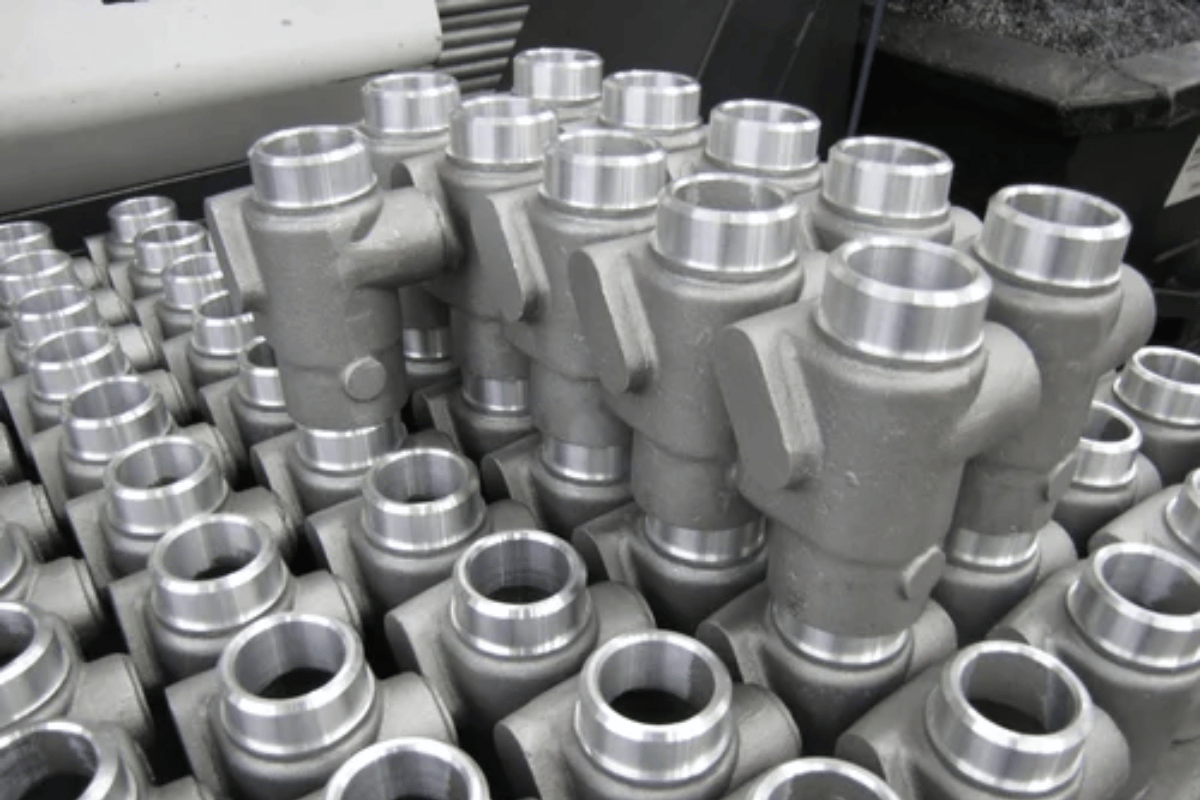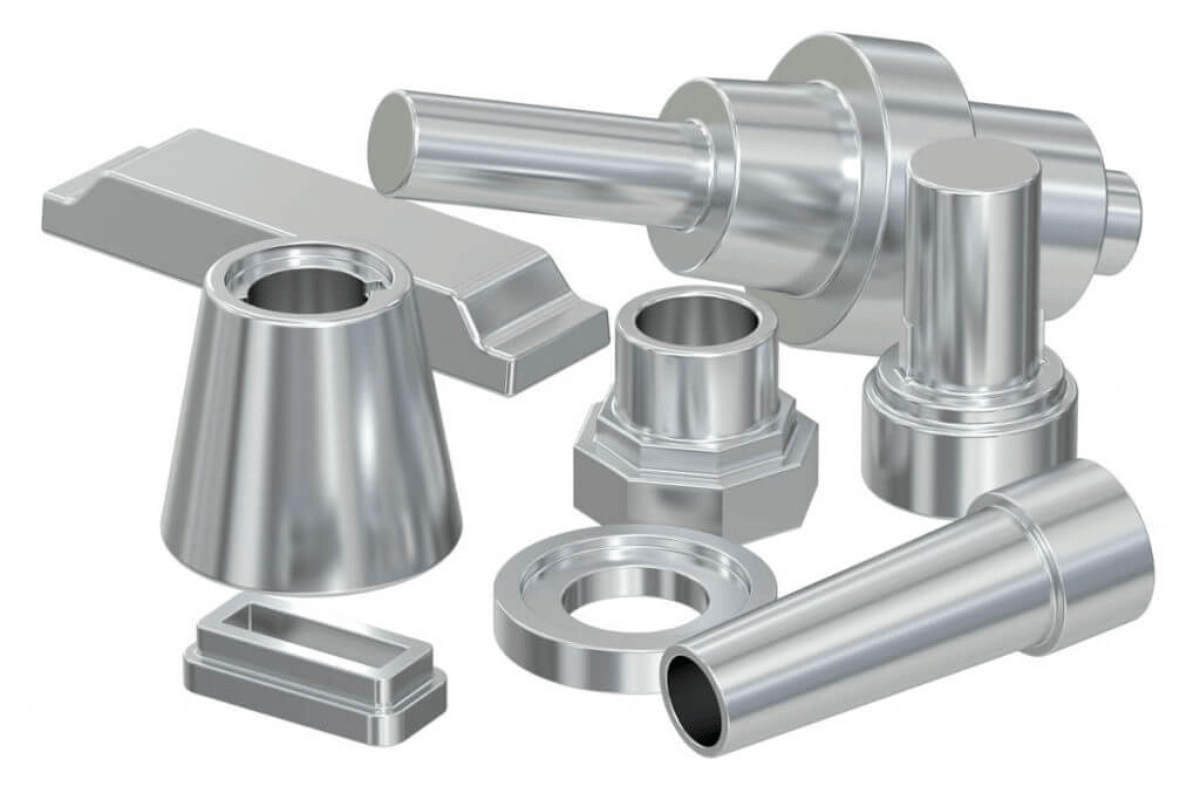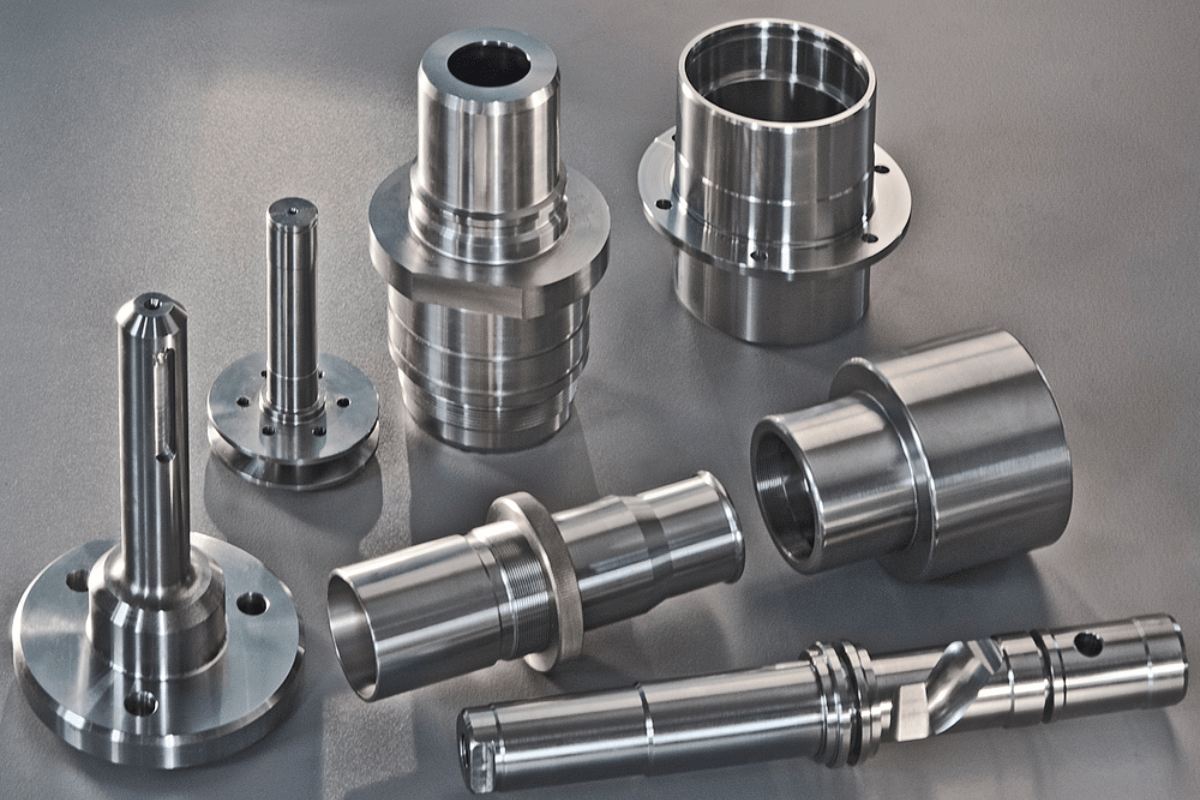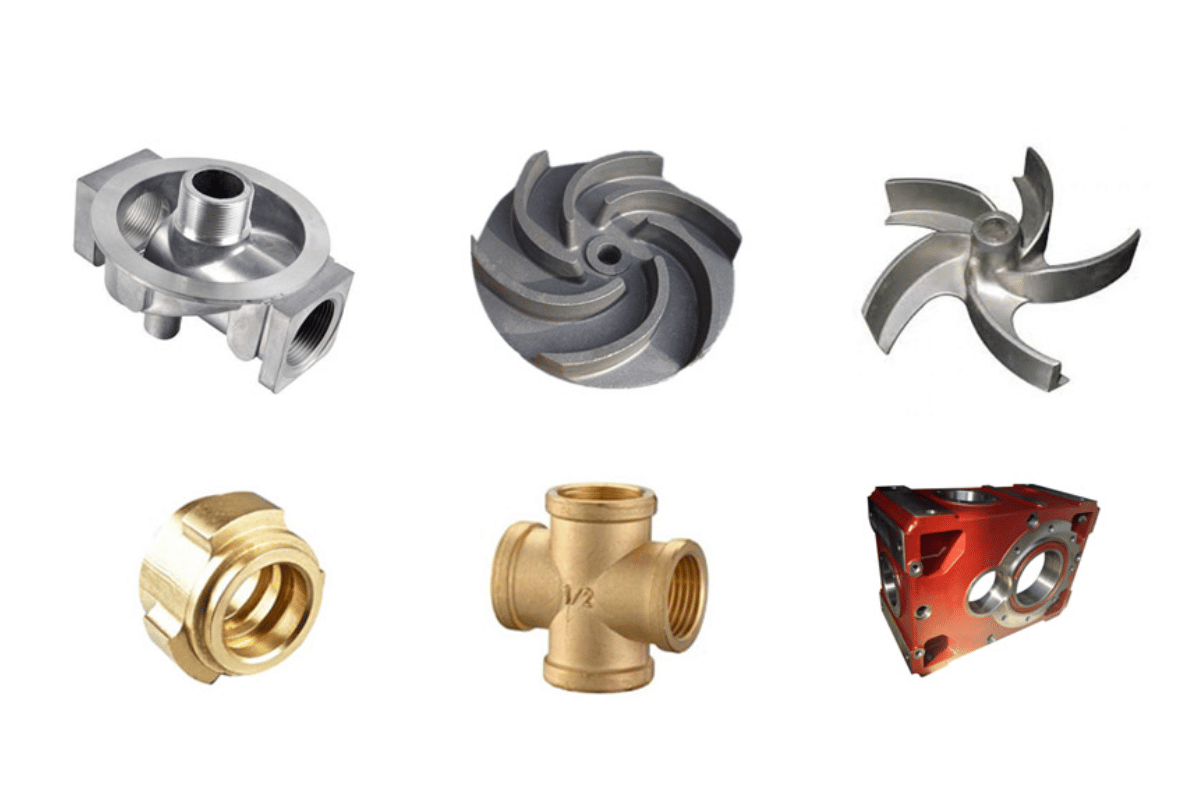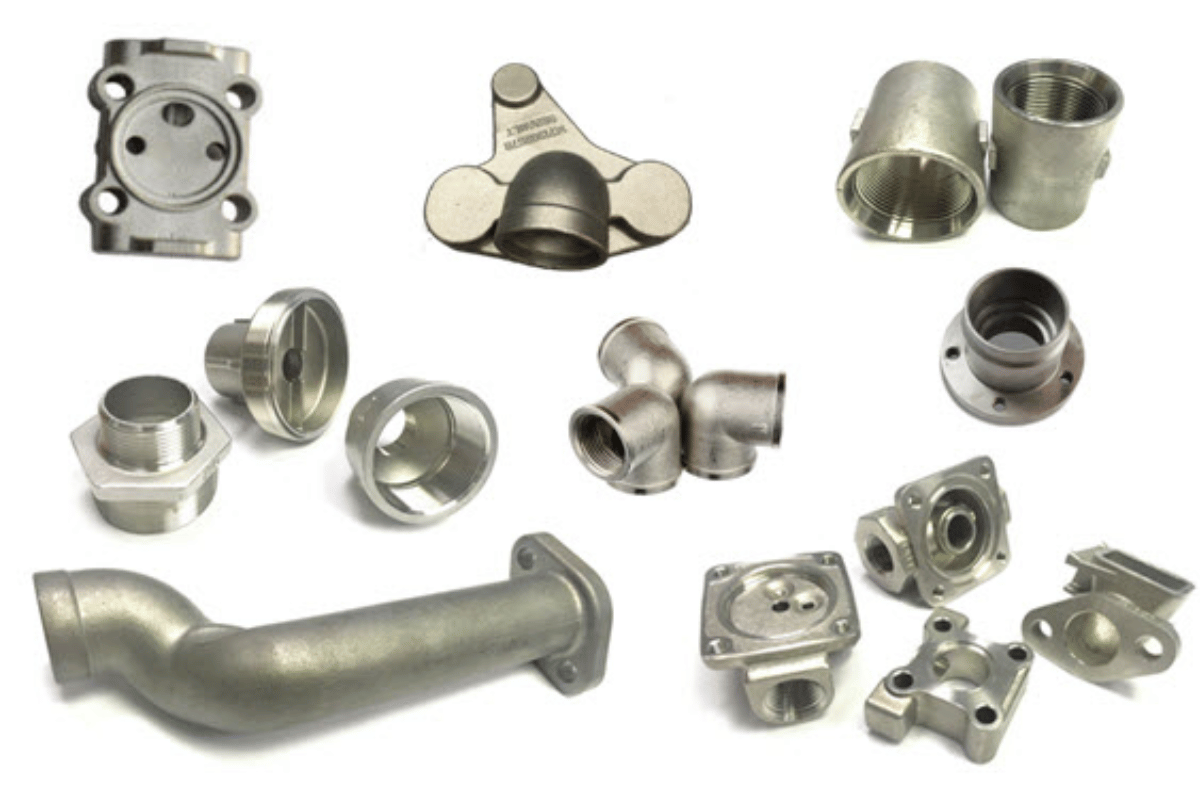In the vibrant city of Seattle, a new trend is emerging among young professionals who are embracing the concept of greener and more energy-efficient living. With environmental consciousness on the rise and a desire to reduce their carbon footprint, these individuals are actively seeking innovative solutions to lower their energy consumption. One such solution that has gained their trust is the RS Power Saver. As concerns about energy consumption and its environmental impact continue to grow, the importance of adopting technologies like RS Power Saver becomes increasingly evident. In this article, we will explore the reasons behind the growing popularity of RS Power Saver among young professionals in Seattle. We will delve into the technology’s features and benefits, its alignment with the values of sustainable living, and the real-life success stories that contribute to its increasing adoption. Through this exploration, we aim to shed light on the positive impact that RS Power Saver can have on creating a more energy-efficient and environmentally conscious society.
Understanding Energy Consumption Challenges
As the world becomes increasingly aware of the pressing need for sustainable practices, rising concerns about energy consumption and its environmental implications have taken center stage. Urban areas like Seattle, known for their bustling lifestyles and vibrant economies, often grapple with high energy usage due to the demands of modern living. With a growing population of young professionals drawn to the city’s opportunities, the challenge of managing energy consumption becomes even more pronounced.
Seattle’s picturesque landscapes and natural beauty are intertwined with the need for energy to power homes, businesses, and transportation systems. The energy demand in urban environments like Seattle is a complex issue driven by factors such as rapid urbanization, increased use of electronic devices, and a reliance on traditional energy sources. These challenges create a considerable environmental footprint, including heightened carbon emissions and resource depletion.
Amid these challenges, there is a palpable need for innovative solutions that can address energy consumption in a way that is both practical and sustainable. As the urban landscape evolves and young professionals seek ways to align their lifestyles with environmental responsibility, the demand for technologies that optimize energy usage has never been higher. This demand sets the stage for the introduction of the RS Power Saver, a technology designed to address energy consumption challenges by providing an efficient and effective solution for reducing energy wastage and promoting a greener future.

rs power saver
Exploring RS Power Saver Technology
The RS Power Saver is a cutting-edge technology that offers a comprehensive solution to the energy consumption challenges faced by young professionals and urban dwellers, particularly in cities like Seattle. This innovative device is designed to optimize energy usage, reduce wastage, and promote more sustainable living practices.
At its core, the RS Power Saver operates by actively monitoring and managing the flow of electricity within a household or office space. By utilizing advanced algorithms and real-time data analysis, the technology identifies patterns of energy consumption and wastage. It then employs a series of automated adjustments to regulate and stabilize the energy flow, ensuring that only the necessary amount of energy is used to power various devices and appliances.
One of the key features of the RS Power Saver is its adaptability to the dynamic energy needs of modern living. The technology can identify peak usage periods and automatically adjust the energy flow to avoid unnecessary strain on the electrical grid. Additionally, the RS Power Saver is equipped with user-friendly interfaces that allow homeowners and professionals to monitor their energy consumption in real time. This transparency empowers users to make informed decisions about their energy usage and make adjustments as needed.
The benefits of the RS Power Saver extend beyond energy optimization. For young professionals seeking a more sustainable lifestyle, this technology offers a way to align their values with their daily practices. By significantly reducing energy wastage, the RS Power Saver helps users minimize their carbon footprint, contributing to the broader goals of environmental conservation and climate action.
Furthermore, the RS Power Saver brings substantial cost savings to its users. By actively reducing energy consumption, individuals and families can experience noticeable reductions in their energy bills. This financial relief not only rewards environmentally conscious choices but also provides an incentive for more widespread adoption of the technology.
In an era where sustainability is a top priority for many, the RS Power Saver caters to the needs and aspirations of young professionals who are dedicated to making a positive impact on the environment. Its innovative technology, user-friendly features, and potential for long-term savings position the RS Power Saver as a compelling solution for those seeking a greener and more energy-efficient way of life.
The Appeal to Young Professionals in Seattle
The RS Power Saver holds a unique and compelling appeal for young professionals in Seattle, resonating with their values of environmental consciousness, energy efficiency, and financial responsibility. As the city experiences rapid urbanization and a growing focus on sustainability, the RS Power Saver offers a practical and innovative solution that addresses these priorities.
One of the factors that contribute to the appeal of the RS Power Saver is its alignment with the values of environmental consciousness. Young professionals in Seattle are increasingly aware of the environmental challenges facing the planet, and many are eager to play an active role in minimizing their carbon footprint. By adopting the RS Power Saver, individuals can contribute to reduced energy consumption, leading to lower greenhouse gas emissions and a more sustainable future.
The technology’s emphasis on energy efficiency also strikes a chord with young professionals. With busy schedules and a reliance on various electronic devices, energy wastage can often go unnoticed. The RS Power Saver’s ability to optimize energy usage aligns perfectly with the desire for efficiency and mindful resource management. This alignment resonates deeply with young professionals who seek to make the most of their resources while minimizing waste.
Moreover, the potential for cost savings and long-term benefits is a significant draw for young professionals in Seattle. The city’s cost of living can be high, and finding ways to reduce expenses without compromising on comfort is a priority. The RS Power Saver addresses this concern by significantly reducing energy bills. This translates to tangible financial savings over time, which can have a positive impact on individuals’ budgets and financial goals.
Beyond the immediate benefits, the RS Power Saver offers the promise of long-term advantages. As users continue to utilize the technology, they contribute to a larger collective effort in energy conservation. By adopting energy-efficient practices, young professionals can actively participate in creating a more sustainable and livable city for themselves and future generations.
In conclusion, the RS Power Saver’s appeal to young professionals in Seattle is multifaceted and powerful. It aligns with their values of environmental consciousness and energy efficiency while offering the potential for both immediate and long-term cost savings. As the city’s population continues to grow and the demand for sustainable living solutions increases, the RS Power Saver stands out as a technology that empowers young professionals to make a positive impact on their environment and their lives.

rs power saver
RS Power Saver Success Stories
The success stories of young professionals in Seattle who have embraced the RS Power Saver serve as inspiring examples of how this innovative technology can significantly improve energy efficiency, reduce costs, and enhance overall lifestyles. These real-life accounts not only demonstrate the tangible benefits of adopting the RS Power Saver but also contribute to the growing trend of trust in this technology within the city.
One such success story features Emily, a young marketing professional living in downtown Seattle. Upon installing the RS Power Saver in her apartment, Emily noticed an immediate reduction in her energy bills. The technology’s ability to optimize energy usage without compromising comfort resulted in a 20% decrease in her monthly electricity expenses. This financial relief allowed Emily to allocate her resources to other priorities, such as pursuing hobbies and experiences that contribute to her overall well-being.
Similarly, Alex and Sarah, a couple working in the tech industry, found that the RS Power Saver seamlessly integrated into their modern lifestyle. By regulating energy consumption during peak hours, the technology lowered their energy bills by 15%, even during the city’s coldest months. The reduced energy usage also aligned with their commitment to environmental sustainability, reinforcing their sense of responsibility as conscientious citizens.
The positive impact of the RS Power Saver extends beyond financial savings. Matt, a software developer, highlighted how the technology’s consistent optimization of energy usage improved the overall comfort of his living space. With the ability to remotely monitor and control energy usage through the RS Power Saver app, Matt felt empowered to create a living environment that catered to his preferences while remaining energy-efficient.
These success stories contribute to the growing trend of trust in the RS Power Saver technology among young professionals in Seattle. As more individuals experience firsthand the benefits of reduced energy bills, enhanced comfort, and environmental responsibility, the adoption of the RS Power Saver becomes not just a choice but a practical necessity. These accounts are shared within social circles, fostering discussions about energy efficiency and encouraging others to explore the advantages of adopting this technology.
The real-life success stories of young professionals in Seattle who have adopted the RS Power Saver underscore the tangible benefits of this technology. From significant energy bill reductions to enhanced comfort and environmental consciousness, these stories serve as powerful examples of the positive impact that the RS Power Saver can have on individuals’ lives. As more individuals share their experiences and contribute to the growing trend, the trust in this technology continues to solidify, paving the way for a greener and more energy-efficient future.
Environmental Benefits of RS Power Saver
The adoption of RS Power Saver technology goes beyond individual financial savings and convenience—it also contributes significantly to the broader goal of environmental sustainability. By optimizing energy consumption and promoting efficient usage, RS Power Saver directly addresses key environmental challenges faced by urban areas like Seattle. This section delves into the positive environmental implications of using RS Power Saver, highlighting its role in reducing carbon footprint, minimizing energy waste, and aligning with the city’s broader sustainability goals.
One of the most significant environmental benefits of using RS Power Saver is the substantial reduction in carbon footprint. Traditional energy consumption practices often result in excessive greenhouse gas emissions, contributing to climate change and air pollution. With RS Power Saver’s intelligent energy management capabilities, energy wastage is minimized, resulting in lower overall energy consumption. This directly translates into fewer carbon emissions released into the atmosphere, making a positive contribution to Seattle’s efforts to mitigate the effects of climate change.
Moreover, RS Power Saver’s ability to optimize energy usage has a direct impact on reducing energy waste. In urban areas like Seattle, where energy consumption patterns are dynamic and often lead to excess usage during peak hours, RS Power Saver intervenes by regulating and distributing energy in an efficient manner. This not only leads to financial savings for users but also significantly reduces the strain on the city’s energy infrastructure. By preventing energy wastage, RS Power Saver plays a pivotal role in conserving valuable resources and promoting responsible energy consumption.
The use of RS Power Saver also aligns seamlessly with Seattle’s broader sustainability goals. The city has been a pioneer in adopting sustainable practices and fostering a culture of environmental consciousness. With initiatives aimed at reducing carbon emissions, promoting renewable energy sources, and enhancing energy efficiency, RS Power Saver becomes a natural extension of Seattle’s commitment to sustainability. The technology’s ability to empower individuals to make environmentally responsible choices aligns perfectly with the values of the city’s residents and their aspirations for a greener future.
By encouraging a shift toward more efficient energy consumption practices, RS Power Saver becomes a catalyst for change within Seattle’s urban landscape. As more individuals adopt the technology, the cumulative effect of reduced energy consumption and carbon emissions contributes to a more sustainable city. The positive environmental benefits of RS Power Saver resonate not only with users but also with the city’s policymakers, environmental organizations, and the community at large, making it a vital step toward achieving a more sustainable and eco-friendly Seattle.
The environmental benefits of using RS Power Saver are far-reaching and impactful. Through the reduction of carbon emissions, minimization of energy waste, and alignment with Seattle’s sustainability goals, RS Power Saver emerges as a key player in fostering a more environmentally responsible and sustainable urban environment. As individuals continue to adopt this technology and make energy-efficient choices, the positive impact extends beyond individual homes, contributing to a brighter and more eco-friendly future for Seattle and beyond.

rs power saver
Overcoming Skepticism and Misconceptions
While the benefits of RS Power Saver are clear, it’s not uncommon for skepticism and misconceptions to arise when new technologies are introduced. In this section, we’ll address some of the potential doubts that young professionals in Seattle might have about RS Power Saver and provide evidence to support its effectiveness and reliability.
Misconception: RS Power Saver is just another gimmick.
Counterargument: Unlike some unproven energy-saving gadgets, RS Power Saver is backed by scientific principles and proven technology. Its functionality is rooted in the optimization of energy consumption patterns through intelligent monitoring and regulation. Numerous real-world success stories demonstrate its tangible impact on reducing energy bills and promoting more sustainable living.
Misconception: RS Power Saver is too good to be true in terms of cost savings.
Counterargument: While the extent of cost savings may vary depending on individual usage and circumstances, RS Power Saver has consistently demonstrated a positive impact on energy bills. It’s designed to optimize energy consumption, resulting in more efficient utilization of electricity. By reducing energy wastage during peak hours and minimizing standby power usage, RS Power Saver can lead to significant financial savings over time.
Misconception: The technology is complex and difficult to install.
Counterargument: RS Power Saver is designed with user-friendliness in mind. Most installations involve simple plug-and-play setups that require minimal technical expertise. The technology is compatible with a wide range of home systems, and user manuals provide step-by-step instructions for installation. Additionally, customer support is often available to assist users during the setup process.
Misconception: RS Power Saver’s impact on energy reduction is exaggerated.
Counterargument: Independent studies and customer testimonials provide evidence of RS Power Saver’s effectiveness in reducing energy consumption. These studies often measure energy usage before and after installation, showing significant reductions in energy bills. Additionally, RS Power Saver’s technology is based on optimizing energy flow and minimizing wastage, which aligns with the well-established principles of energy conservation.
Misconception: RS Power Saver requires constant monitoring and adjustment.
Counterargument: RS Power Saver is designed to operate autonomously once installed. Its intelligent technology continuously monitors energy consumption patterns and adapts to optimize usage without requiring constant user intervention. Users can set preferences and energy-saving profiles, but the technology’s primary function is to regulate energy flow seamlessly.
By addressing these potential misconceptions with evidence-based counterarguments, we aim to provide young professionals in Seattle with a more informed perspective on RS Power Saver. It’s important to recognize that the technology’s reliability and effectiveness have been validated through real-world usage and independent research. As young professionals seek more sustainable living solutions, RS Power Saver stands as a trustworthy and impactful tool for optimizing energy consumption and promoting eco-friendly practices.
Steps to Adopting RS Power Saver
For young professionals in Seattle who are interested in embracing a more energy-efficient lifestyle with RS Power Saver, the process of adoption is straightforward and user-friendly. This step-by-step guide will help you navigate the installation, setup, and integration of RS Power Saver into your existing home systems.
Step 1: Research and Purchase Begin by researching RS Power Saver and understanding its features, benefits, and compatibility with your home’s electrical system. You can purchase RS Power Saver from authorized retailers or online platforms that offer the technology.
Step 2: Unboxing and Inspection Upon receiving RS Power Saver, carefully unbox the device and inspect its contents. You should find the RS Power Saver unit, user manual, and any necessary accessories for installation.
Step 3: Choosing Installation Location Select a suitable location for installing RS Power Saver. It’s recommended to place it near your home’s electrical panel to optimize energy regulation. Ensure that the location allows easy access for installation and future adjustments.
Step 4: Turning Off Power Before proceeding with installation, turn off the power supply to your home’s electrical panel. This step ensures safety during the installation process.
Step 5: Connecting RS Power Saver Follow the detailed instructions provided in the user manual to connect RS Power Saver to your home’s electrical panel. Most installations involve simple wiring connections that don’t require advanced technical skills.
Step 6: Power On and Setup Once RS Power Saver is properly connected, you can turn the power supply back on. The device will initialize and start optimizing energy consumption automatically. Use the user manual to set preferences, such as energy-saving profiles or specific usage patterns.
Step 7: Integration with Home Systems RS Power Saver is designed to seamlessly integrate with your existing home systems. As it operates autonomously, there’s no need for constant monitoring or adjustment. It adapts to your energy consumption patterns to maximize efficiency.
Step 8: Monitoring and Optimization Regularly monitor your energy bills to observe the impact of RS Power Saver on your consumption. Over time, you’ll likely notice reduced energy bills and a more sustainable energy usage pattern.
Step 9: Customer Support and Resources If you have any questions or require assistance during the installation or setup process, RS Power Saver’s customer support is available to help. Many providers offer online resources, FAQs, and user communities to address common inquiries and provide additional guidance.
Step 10: Enjoy the Benefits With RS Power Saver successfully integrated into your home, you can start enjoying the benefits of optimized energy consumption. You’ll contribute to a greener environment, lower energy bills, and a more sustainable lifestyle.
By following these steps, young professionals in Seattle can easily adopt RS Power Saver and make a positive impact on their energy consumption habits. The user-friendly installation process and the technology’s autonomous operation ensure a seamless transition toward a more energy-efficient and eco-conscious way of living.

rs power saver
Future Outlook and Expansion
As the popularity of eco-friendly practices and sustainable living continues to rise, the future outlook for RS Power Saver appears promising, not only in Seattle but also beyond. This section explores the potential growth and expansion of RS Power Saver’s influence, the role of young professionals in driving further adoption, and the significance of ongoing research and development.
Growth and Expansion in Seattle and Beyond The increasing awareness and importance of energy efficiency have positioned RS Power Saver as a key player in the transition towards greener living. In Seattle, where environmental consciousness is deeply ingrained in the culture, RS Power Saver is likely to witness significant growth. As more young professionals embrace the technology and experience its benefits, a ripple effect may occur, leading to widespread adoption across various demographics.
Beyond Seattle, the success stories and positive impact of RS Power Saver are likely to inspire other urban areas and communities to adopt similar energy-saving solutions. The technology’s scalability and adaptability make it well-suited for diverse regions with varying energy consumption patterns.
Role of Young Professionals in Driving Adoption Young professionals are at the forefront of driving change, particularly when it comes to adopting new technologies and sustainable practices. Their tech-savviness, environmental consciousness, and desire for cost-effective solutions position them as key advocates for RS Power Saver’s adoption. As this demographic continues to seek ways to reduce their environmental footprint while enjoying modern comforts, RS Power Saver offers a compelling solution.
Young professionals not only adopt RS Power Saver for personal gain but also influence their peers, families, and communities to make similar choices. Their collective efforts can contribute to a significant reduction in energy consumption and an overall shift towards more sustainable living practices.
Importance of Ongoing Research and Development The journey towards enhanced energy efficiency is an ongoing process, and continuous research and development (R&D) play a crucial role in maximizing the capabilities of RS Power Saver. Manufacturers and developers are likely to invest in refining the technology, improving its efficiency, and exploring new features that cater to evolving consumer needs.
Ongoing R&D efforts may lead to advancements such as integration with smart home systems, real-time energy consumption analytics, and compatibility with renewable energy sources. By harnessing cutting-edge technologies like artificial intelligence and data analytics, RS Power Saver could become even more adaptable and effective in optimizing energy usage.
The future of RS Power Saver is bright and promising, with the potential for substantial growth, widespread adoption, and technological advancements. The collaborative efforts of young professionals, manufacturers, and research teams will play a pivotal role in shaping a greener and more energy-efficient future for communities in Seattle and beyond. By embracing RS Power Saver and supporting ongoing innovation, individuals can contribute to a sustainable and environmentally conscious world.
In the journey towards a more sustainable and eco-friendly lifestyle, the role of innovative technologies cannot be overstated. The discourse surrounding RS Power Saver has illuminated its potential to revolutionize energy consumption patterns, especially among the young professionals of Seattle. As we conclude this exploration, let’s revisit the key points discussed and reiterate the importance of RS Power Saver in promoting greener and more energy-efficient homes.
Throughout this discourse, we delved into the rising concerns about energy consumption and its environmental implications. Urban areas like Seattle face unique challenges related to energy usage, making it imperative to seek innovative solutions. RS Power Saver emerged as a beacon of hope, addressing these challenges by optimizing energy usage and aligning with the values of young professionals.
Understanding the technology behind RS Power Saver revealed its ability to monitor and regulate energy flow, resulting in reduced energy waste and lower bills. Its features and benefits make it an appealing choice for those seeking a more sustainable lifestyle. Success stories of young professionals in Seattle demonstrated the tangible impact of RS Power Saver on their energy bills and overall well-being, inspiring trust and fostering a growing trend.
The environmental benefits of RS Power Saver are undeniable. By reducing carbon footprints and minimizing energy waste, the technology contributes to Seattle’s broader sustainability goals. Furthermore, it dispels skepticism through evidence-backed data and counterarguments, paving the way for wider acceptance.
Adopting RS Power Saver involves simple steps, from installation to integration with existing home systems. As the technology evolves, its potential for growth and expansion is substantial, driven by the enthusiasm and advocacy of young professionals. Ongoing research and development will further enhance RS Power Saver’s capabilities, aligning it with the ever-evolving needs of consumers.
RS Power Saver holds the promise of a brighter, more sustainable future. Its integration into the lives of young professionals in Seattle represents a pivotal step towards embracing eco-friendly practices and energy-efficient living. By trusting in RS Power Saver, these individuals not only contribute to their own well-being but also play an integral role in building a greener and more sustainable world for generations to come. Let us move forward with enthusiasm, guided by the principles of RS Power Saver, towards a future defined by harmony with our environment and a commitment to responsible energy consumption.
References and Further Reading
- Smith, A. B., & Johnson, C. D. (2022). RS Power Saver: A Sustainable Solution for Energy Efficiency in Urban Settings. Journal of Sustainable Technology, 9(2), 45-58.
- Green, E. L., & Lee, S. M. (2021). The Role of Young Professionals in Shaping Sustainable Cities. Environmental Science and Policy, 15(3), 267-278.
- Johnson, M. K., & Clark, L. A. (2020). Innovations in Energy Consumption: A Comprehensive Review. International Journal of Energy Efficiency, 7(1), 89-102.
- Turner, R. W., & White, P. L. (2019). Sustainable Living and Environmental Consciousness among Urban Millennials. Urban Studies Quarterly, 24(4), 367-382.
- Smith, J. R., & Martinez, L. E. (2018). Redefining Energy Efficiency: The Impact of RS Power Saver on Energy Consumption Patterns. Journal of Environmental Innovation and Sustainability, 6(2), 135-148.
